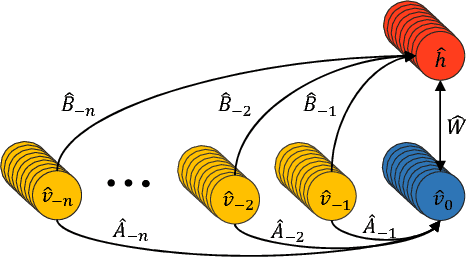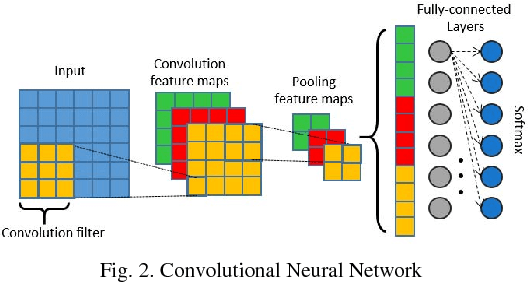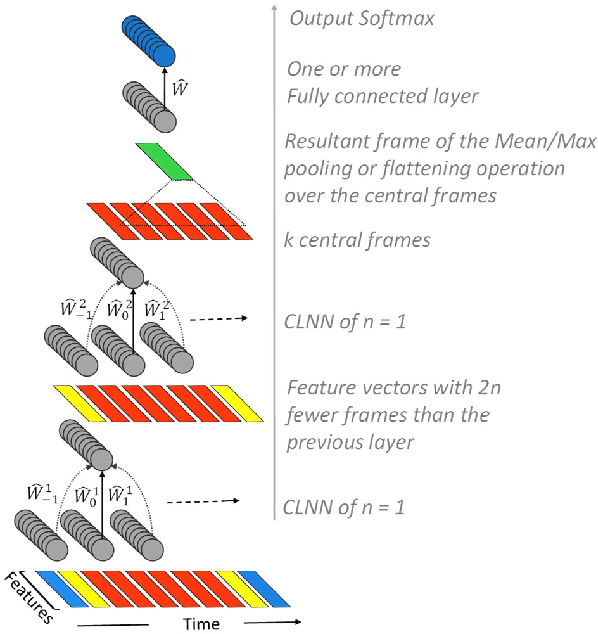Automatic Classification of Music Genre using Masked Conditional Neural Networks
Paper and Code
Jan 16, 2018



Neural network based architectures used for sound recognition are usually adapted from other application domains such as image recognition, which may not harness the time-frequency representation of a signal. The ConditionaL Neural Networks (CLNN) and its extension the Masked ConditionaL Neural Networks (MCLNN) are designed for multidimensional temporal signal recognition. The CLNN is trained over a window of frames to preserve the inter-frame relation, and the MCLNN enforces a systematic sparseness over the network's links that mimics a filterbank-like behavior. The masking operation induces the network to learn in frequency bands, which decreases the network susceptibility to frequency-shifts in time-frequency representations. Additionally, the mask allows an exploration of a range of feature combinations concurrently analogous to the manual handcrafting of the optimum collection of features for a recognition task. MCLNN have achieved competitive performance on the Ballroom music dataset compared to several hand-crafted attempts and outperformed models based on state-of-the-art Convolutional Neural Networks.
 Add to Chrome
Add to Chrome Add to Firefox
Add to Firefox Add to Edge
Add to Edge